The surprisingly easy garden hack that could boost your property value by 39%
Fancy adding up to £30,000 to your property value? Try this divisive gardening method
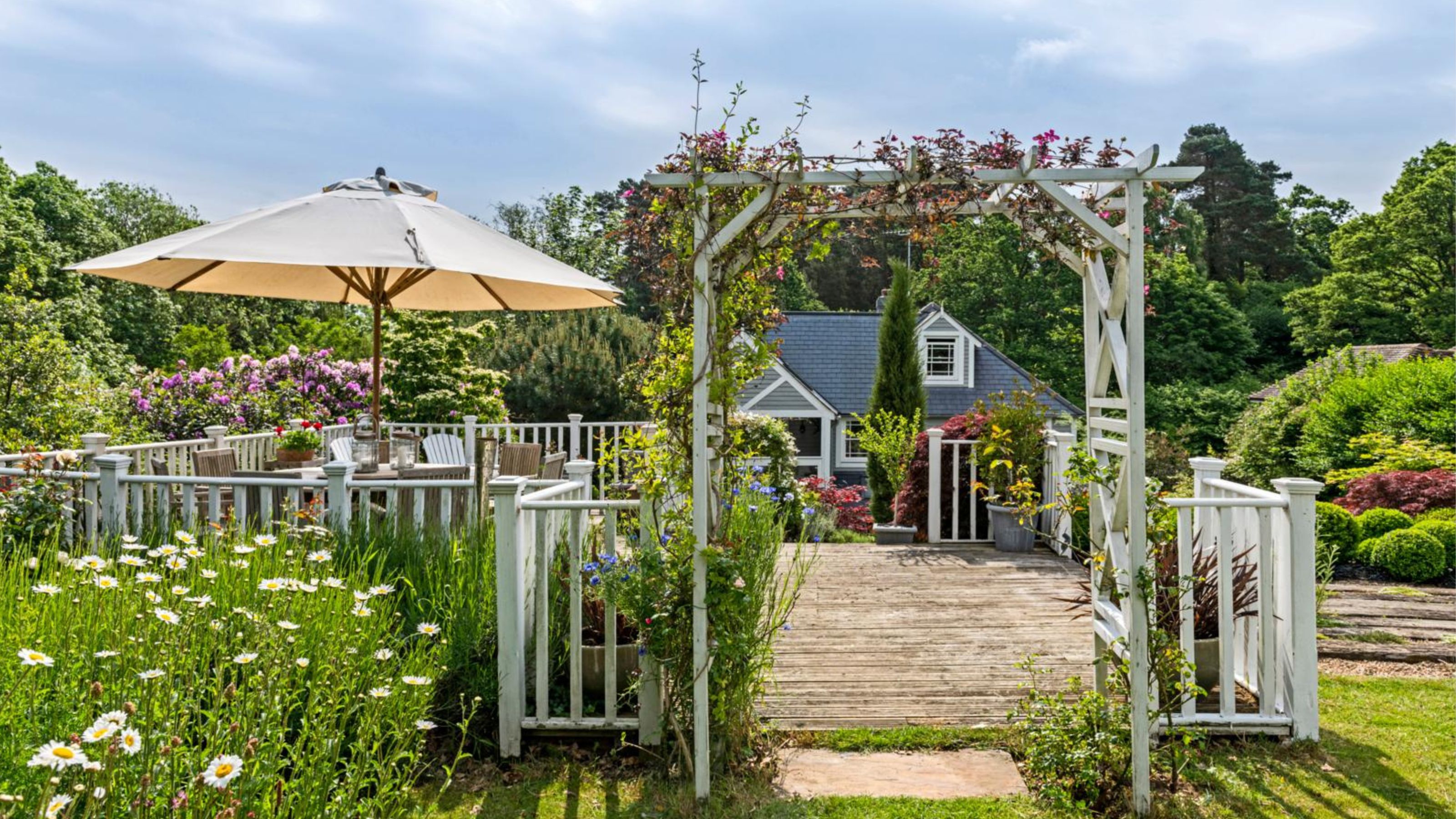

As if we needed yet another reason to do our bit for the planet, it's now been revealed that a wildlife garden could add serious value to your home. So, yes, you better believe it's one of our favourite garden ideas around.
One of the hottest (and most divisive, thanks to Alan Titchmarsh) garden trends of the year so far, it seems our dreams of creating a wildlife-focused outdoor space might just prove incredibly lucrative.

Why? Well, because it seems our favourite wildlife garden ideas boost a property's value by up to almost £30,000 – and sorry, we just need a moment to blink the flashing pound signs out of our eyes.
The endless appeal of a wildlife garden
Often lumped in with rewilding, wildlife gardening does exactly what it says on the metaphorical tin: it's all about encouraging birds, bees, butterflies and other animals into your garden.
This doesn't mean, though, that you have to succumb to a no-mow lawn or subscribe to the chaos gardening movement. Instead, it can be as simple as planting bee-friendly herbs, adding a garden pond, trying your hand at rain harvesting, or even installing a bird bath for your feathered friends.
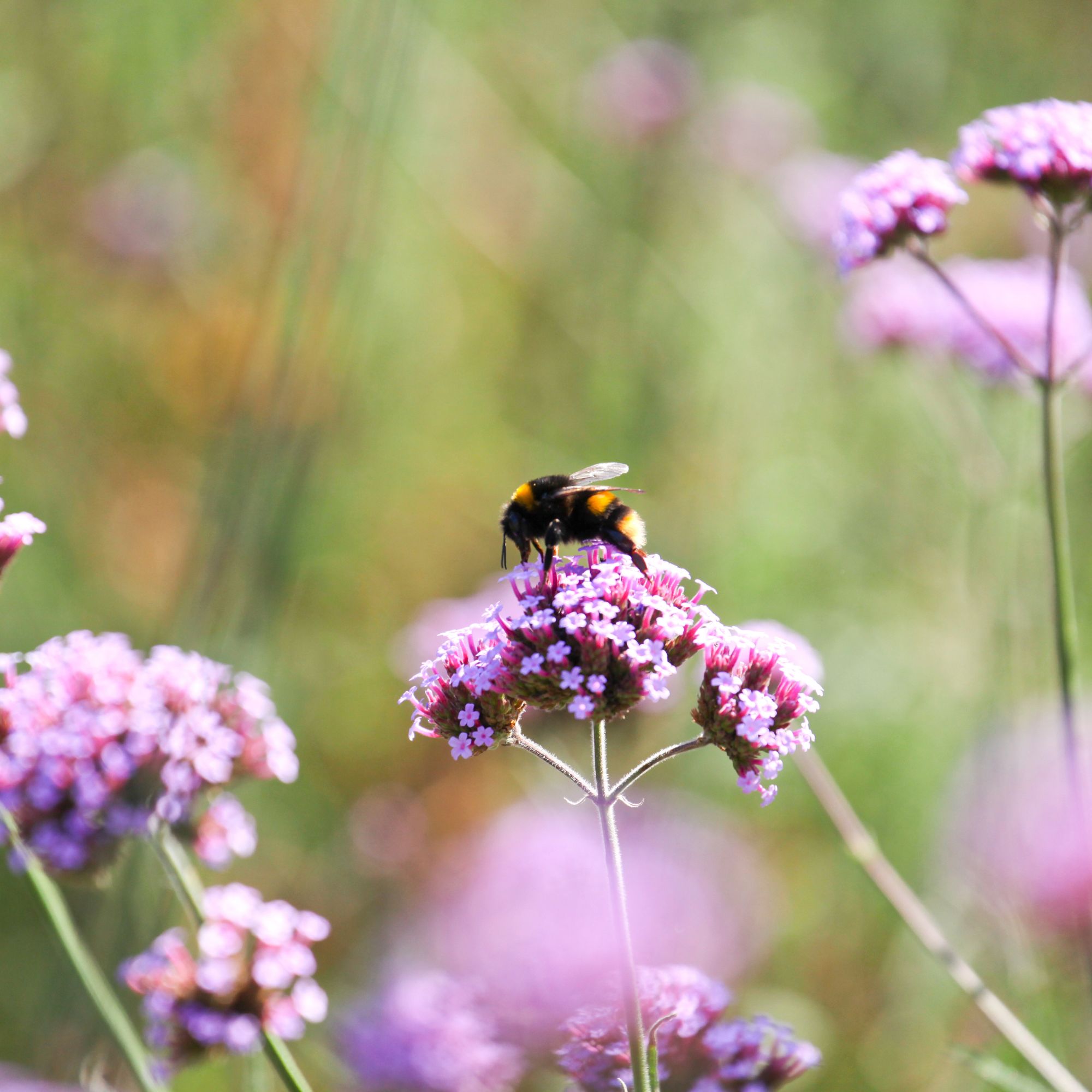
'As urbanisation continues, access to green spaces can be limited. Wildlife gardens in urban areas offer opportunities for people to connect with nature without having to leave the city,' explains Michelle Niziol, director and owner of IMS Property Group.
'The combination of native plants, colourful flowers, and diverse wildlife can create a beautiful and captivating environment. And, as climate change impacts become more evident, wildlife gardens with diverse and resilient plant species can help landscapes adapt to changing conditions.'
Get the Ideal Home Newsletter
Sign up to our newsletter for style and decor inspiration, house makeovers, project advice and more.
Basically, a well designed wildlife garden adds value to a property as it can improve:
- Curb appeal
- Property aesthetics
- Biodiversity
'It can quickly become a unique selling point of a property,' adds Michelle.
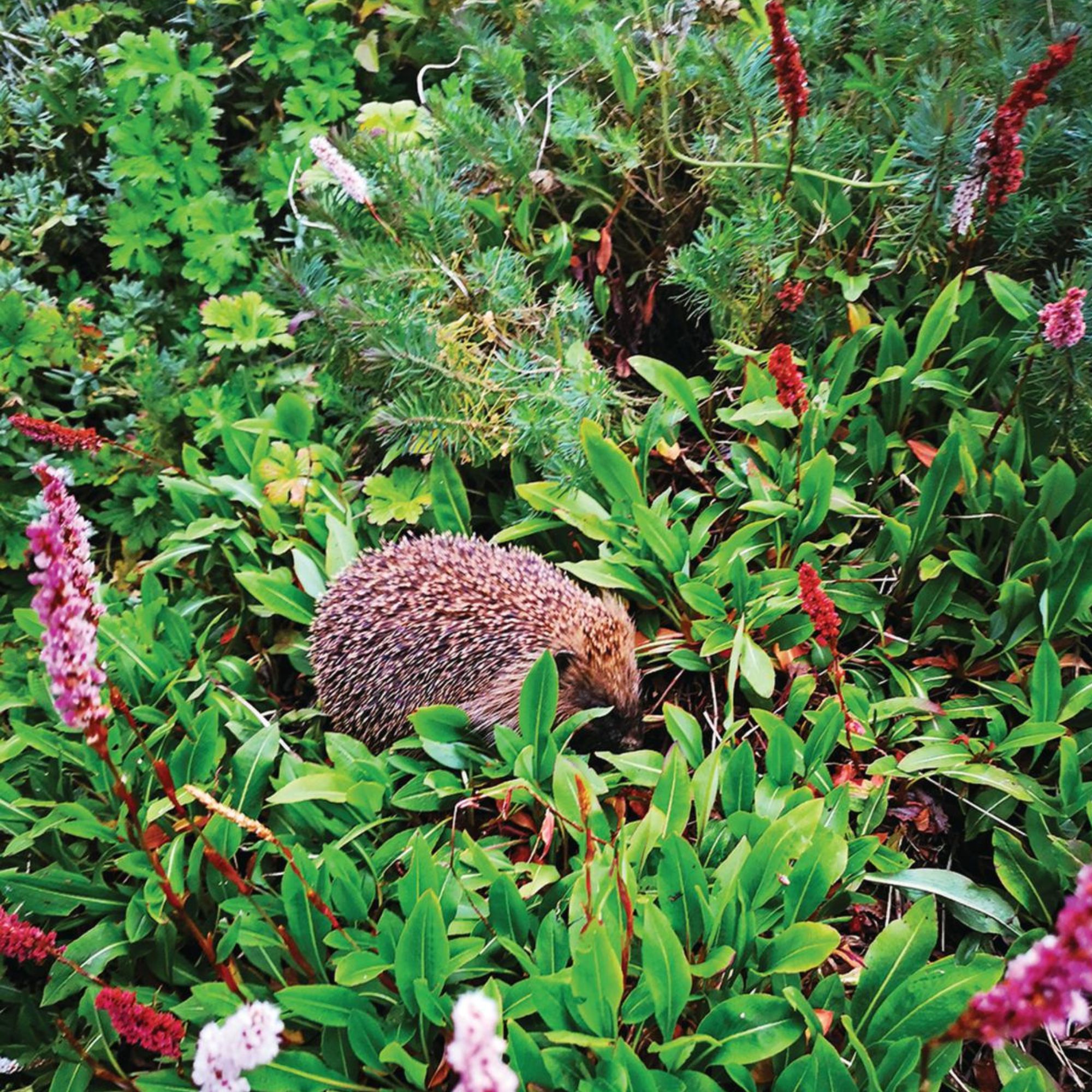
With new research from Savills has shown that buyers are willing to pay up to 39% more for a large garden alone, it's little wonder that people are doing everything they can to make their outdoor space stand out from the crowd – not to mention boost its 'lifestyle and wellbeing elements'.
So, how do we go about creating a wildlife garden of our very own? 'If you’re really tight for space, think about using a container to build a cool bug hotel with sticks and twigs for overwintering invertebrates,' says award-winning garden designer Mark Gregory, who designed The Savills Garden at this year’s Chelsea Flower Show.
'If you want birds in your garden they will need somewhere to hide. Evergreen shrubs will give structure and shelter but don’t dismiss planting some small trees too. I have nine in my small, suburban garden – the trick is to keep them pruned.'

Adding that we should all be adhering to the new no-dig rules of gardening, Mark adds that time-poor gardeners should 'focus on making the areas around the house look beautiful and don’t be afraid to mix fruits, herbs and vegetables in with your ornamentals'.
'Don’t be embarrassed to welcome weeds at the back of the garden – nettles are fantastic for pollinators,' he says. 'And remember the entire lawn doesn’t have to be managed – change your mowing regime to let some areas grow wild.'
Top tips for planting your own wildlife garden
Rather than allow your wildlife garden to ‘roam free’ and become unkempt, you should design it with human and wildlife needs in mind.
'Sweet-smelling flowers tend to have more nectar, which means they feed bees and butterflies at the same time as adding colour and interest to your garden,' says Sean McMenemy, wildlife gardening expert at Ark Wildlife Limited, citing lavender as a favourite bloom for this very purpose.
'Having a compost heap, too, is great for carbon recycling and the environment and makes a great habitat for a myriad of mini beasts and may even become home for a hedgehog.'
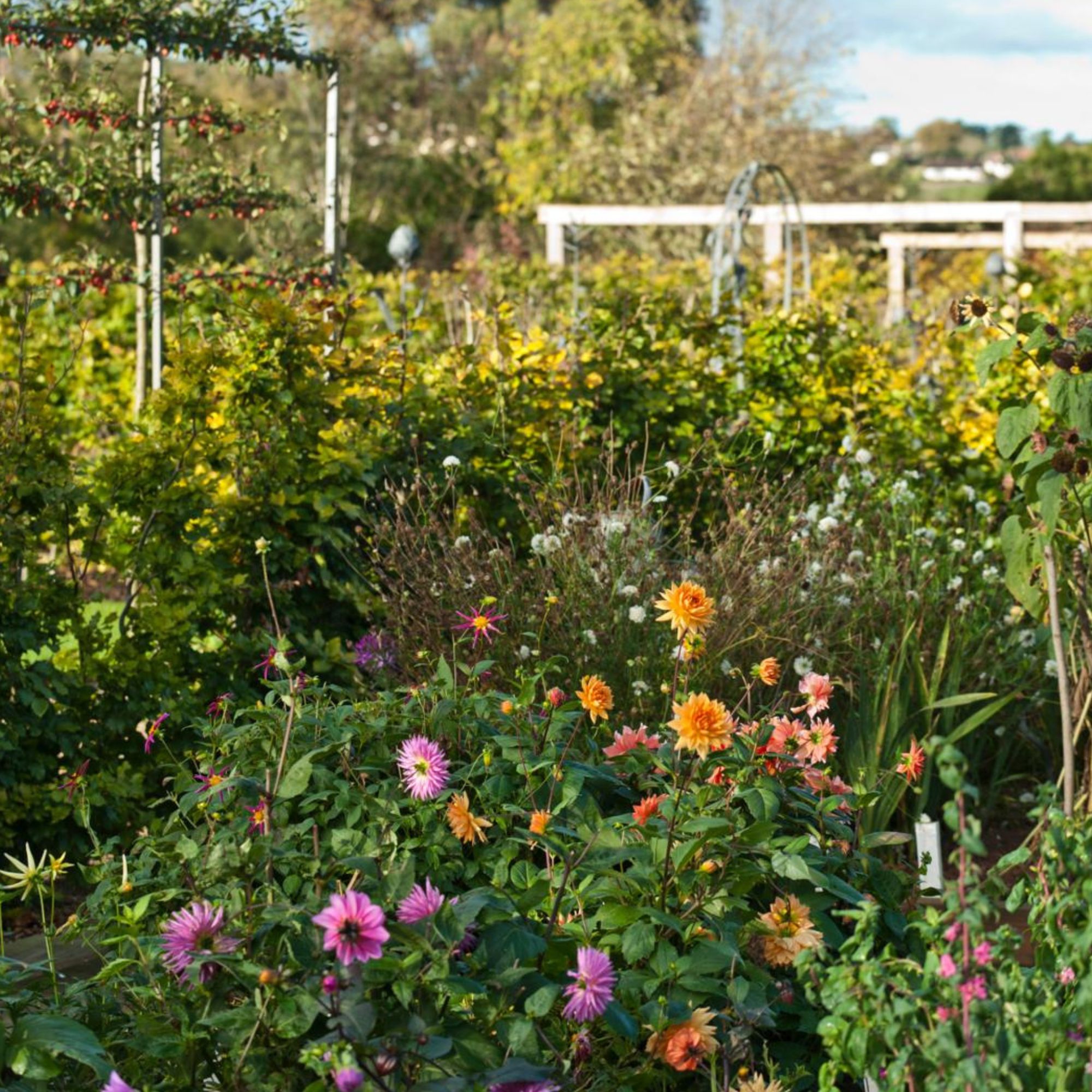
'Lawns are great for parties and kids playgrounds but can also be planted with summer and autumn flowering bulbs,' continues Sean.
'These grow at times of year when we’re less likely to be on the lawn, adding colour and food for wildlife. And, by allowing the grass to grow longer in early spring and during autumn, you can use yours to add a new layer of habitat for many native insects, too.'
Finally, if you’re looking for that dynamic splash of colour, remember to 'put up some bird feeders and perhaps some nest boxes,' says Sean.
'There is nothing as lovely as opening patio doors on a sunny day to the sound and sight of birds singing and dancing in the garden.'
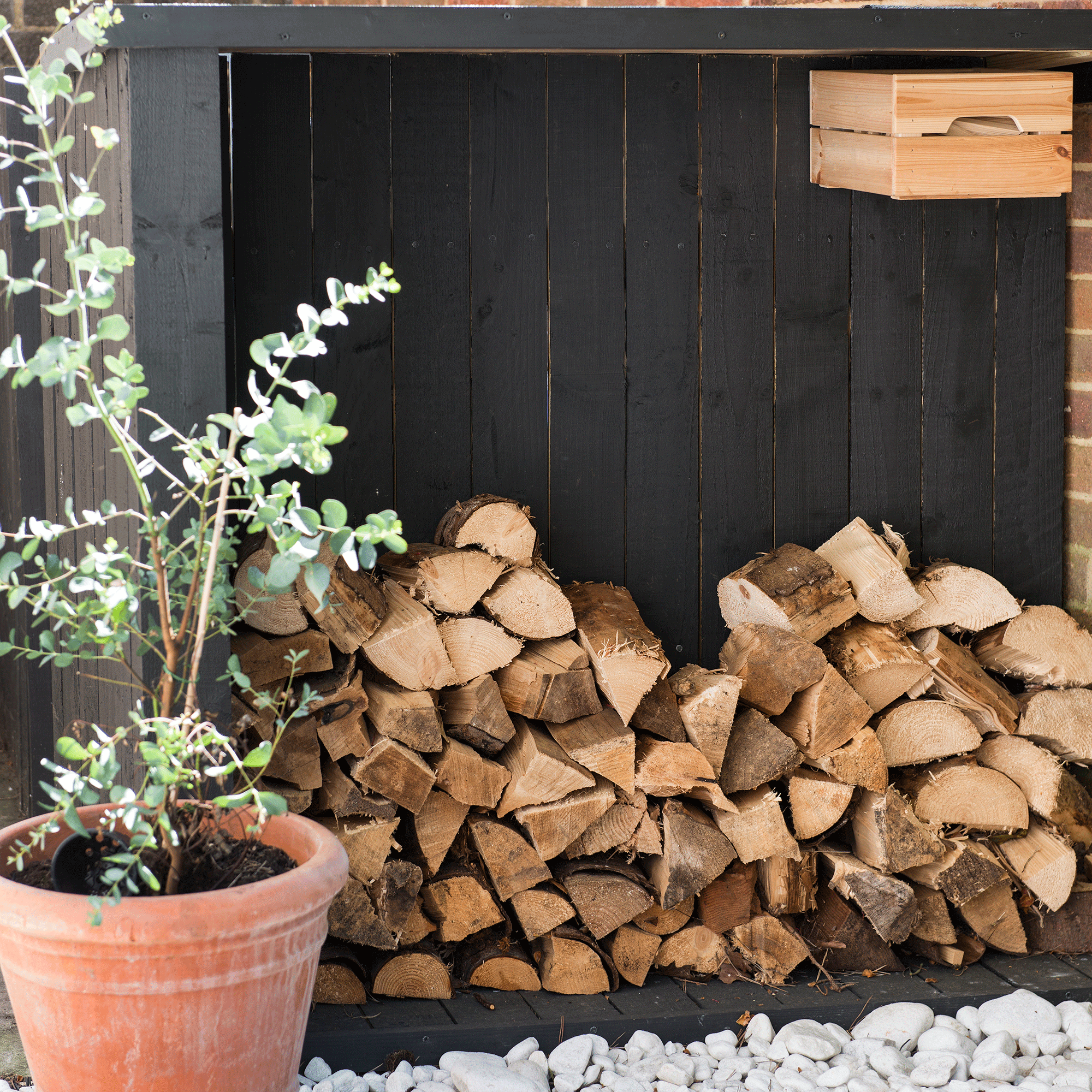
If you really want your wildlife garden to thrive, Michelle adds that you should 'refrain from using harmful pesticides and herbicides, as they can harm wildlife and disrupt the ecosystem.'
Clearly a fan of this year's garden must-have, the stumpery, she also suggests that you 'leave some deadwood and plant debris to decay naturally, providing essential habitats for insects and small animals'.
However, while it's easy to know what you should do, it's just as important to be aware of the don'ts when it comes to building a wildlife garden of your very own – especially if you're doing so in the hope of boosting your property value.
To that end, then, Michelle advises you avoid the following:
- Avoid introducing invasive plant species to your garden, as they can outcompete native plants and harm the local ecosystem.
- Water sparingly and efficiently to prevent waterlogging and attract mosquitoes.
- Avoid excessive pruning and trimming, as this can remove potential nesting sites and disrupt the ecosystem.
- Once wildlife has established nesting sites, avoid unnecessary disruptions during breeding seasons.
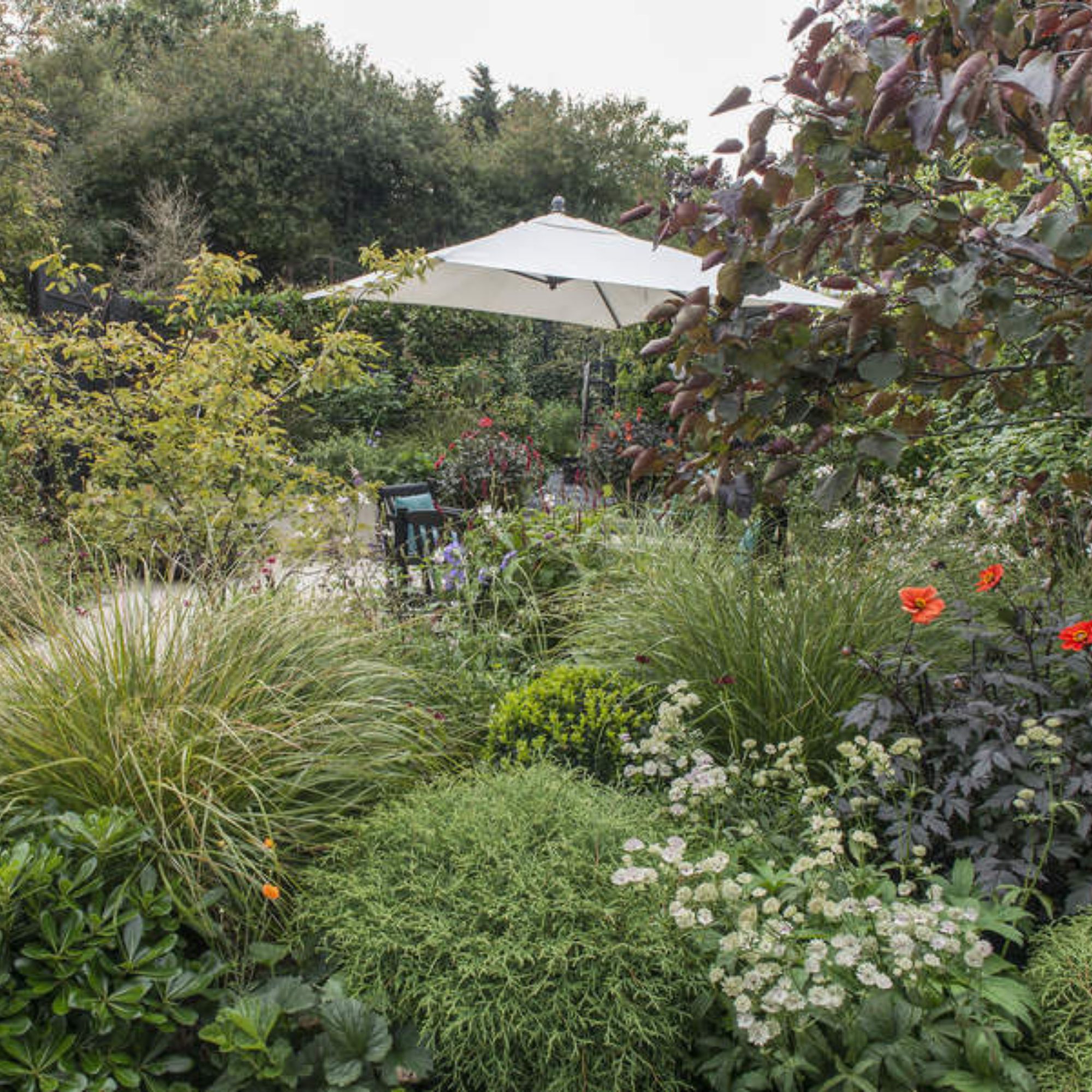
- Don't use peat-based products, as it can damage important natural habitats.
- Do not introduce non-native animals to your garden, as they may compete with local wildlife or spread diseases.
- And remember: using too much fertiliser can harm wildlife and pollute nearby water sources. Opt for natural compost or organic fertilisers instead.
With all of this in mind then, we're off to buy a hedgehog house of our very own.
We'll see you at the checkout...
How do you make a wildlife garden?
When it comes to building your very own wildlife garden, it's important to do your research first. 'Make sure that you understand the native plants, animals, and insects in your region, and choose plants that provide food and shelter for local wildlife,' says Michelle.
It's vital to opt for native plants wherever possible, as they are well-adapted to the local climate and support local wildlife better than exotic species., and don't forget to include a variety of plants that produce fruits, seeds, and nectar to attract different wildlife species, such as birds, butterflies, and bees.
'Install a birdbath, small pond, or shallow dish with water to provide a reliable water source for wildlife,' adds Michelle, 'and incorporate birdhouses, insect hotels, log piles, and other structures that provide safe places for wildlife to nest and take shelter.'
What are the essentials for a wildlife garden?
If you would like to create a thriving wildlife garden, it's important to:
1) Fill your garden borders with pollinator-friendly flowers, such as sedums and lavender.
2) Consider planting trees and evergreen shrubs, to provide shelter for birds and small wildlife.
3) To provide water sources for local wildlife, whether that's a pond or a bird bath.
4) To allow deadwood to decay naturally, ideally in the form of a stumpery.
5) To let things get messy and resist the urge to tidy up in autumn, as uncut seed heads will be appreciated by the birds, leaves will create excellent habitats for insects, and so on.

Kayleigh Dray became Ideal Home’s Acting Content Editor in the spring of 2023, and is very excited to get to work. She joins the team after a decade-long career working as a journalist and editor across a number of leading lifestyle brands, both in-house and as a freelancer.
-
 I tried out this neat little dehumidifier for a month – it dried my laundry in half the time
I tried out this neat little dehumidifier for a month – it dried my laundry in half the timeThe 20L SmartAir Dry Zone dehumidifier tackled my laundry drying woes head on
By Jenny McFarlane
-
 I’m seeing pastel garden furniture at all my favourite brands this spring, but QVC’s sorbet collection impressed me the most
I’m seeing pastel garden furniture at all my favourite brands this spring, but QVC’s sorbet collection impressed me the mostFresh pastel shades are a great way to liven up your outdoor space
By Kezia Reynolds
-
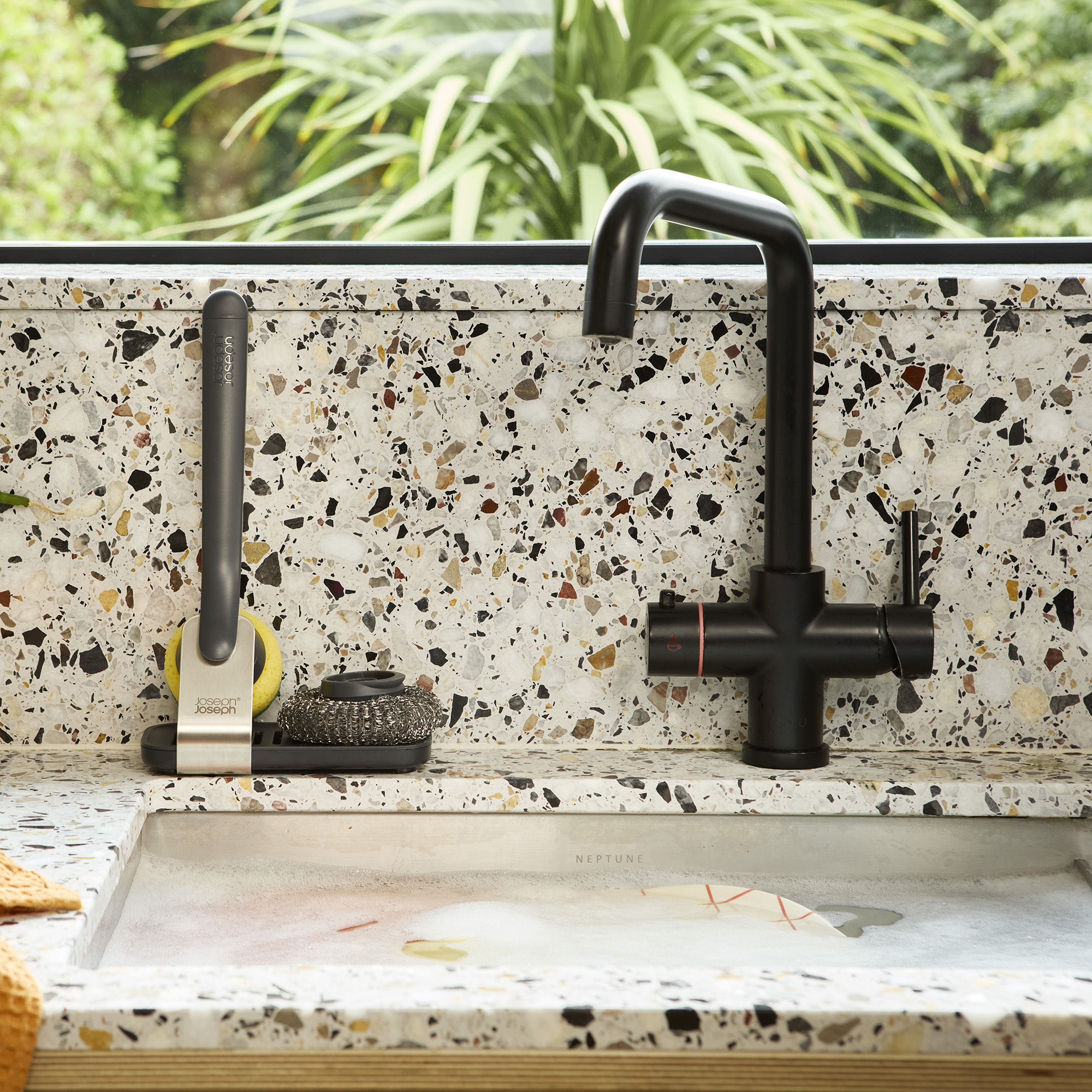 Don't tell my flatmates, but Joseph Joseph's clever new sink range finally made me enjoy washing up
Don't tell my flatmates, but Joseph Joseph's clever new sink range finally made me enjoy washing upI didn't know stylish washing up accessories existed until I saw this collection
By Holly Cockburn